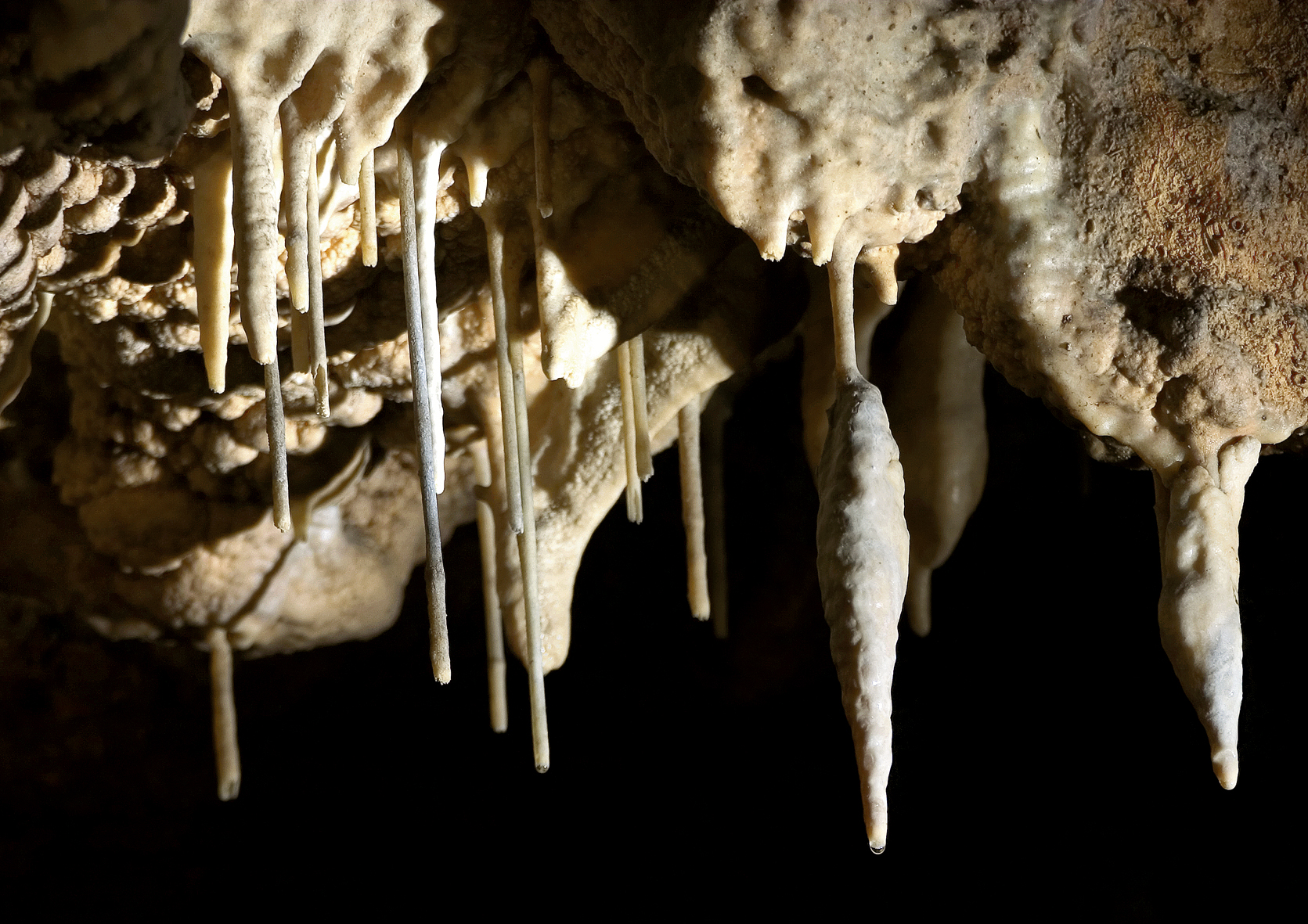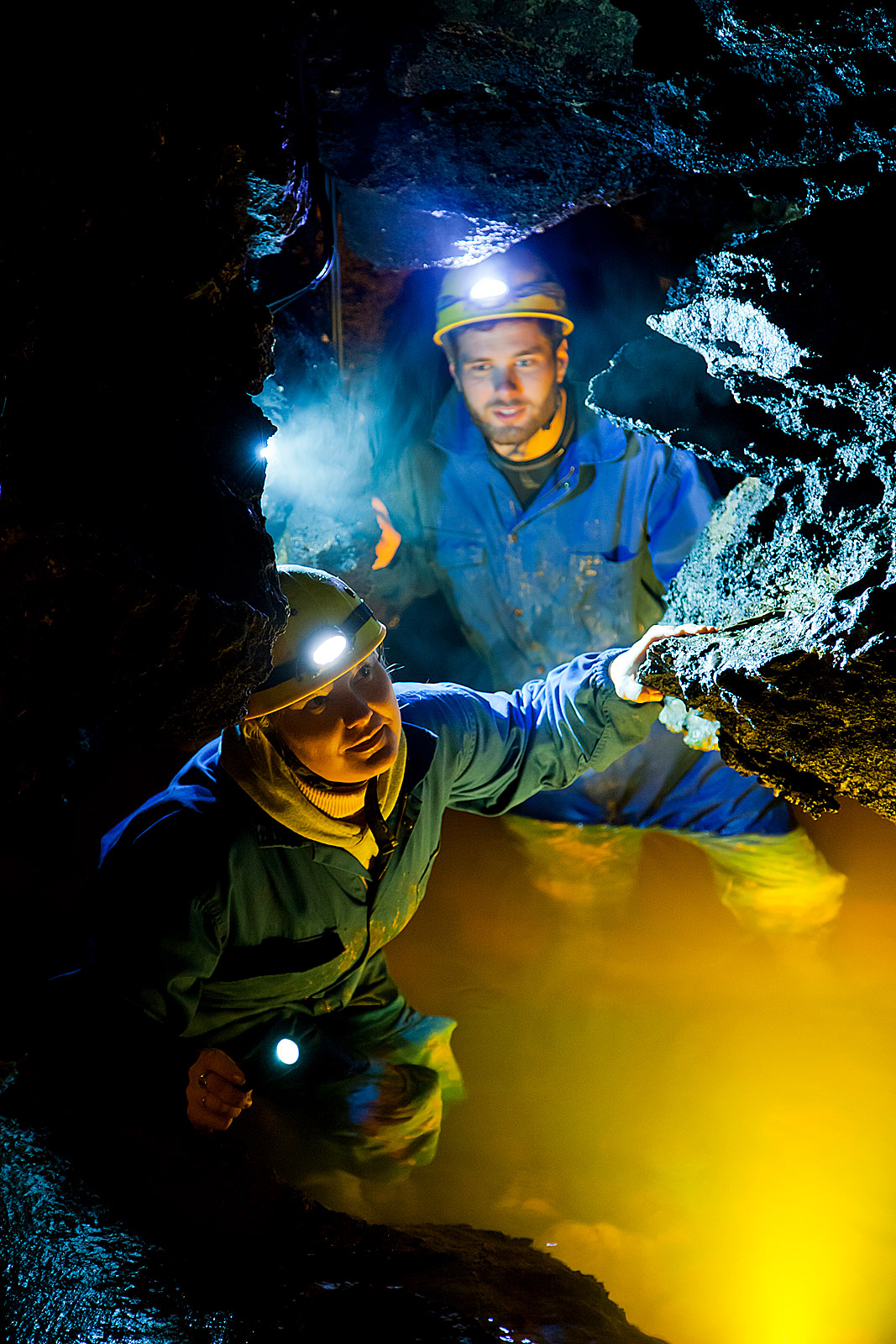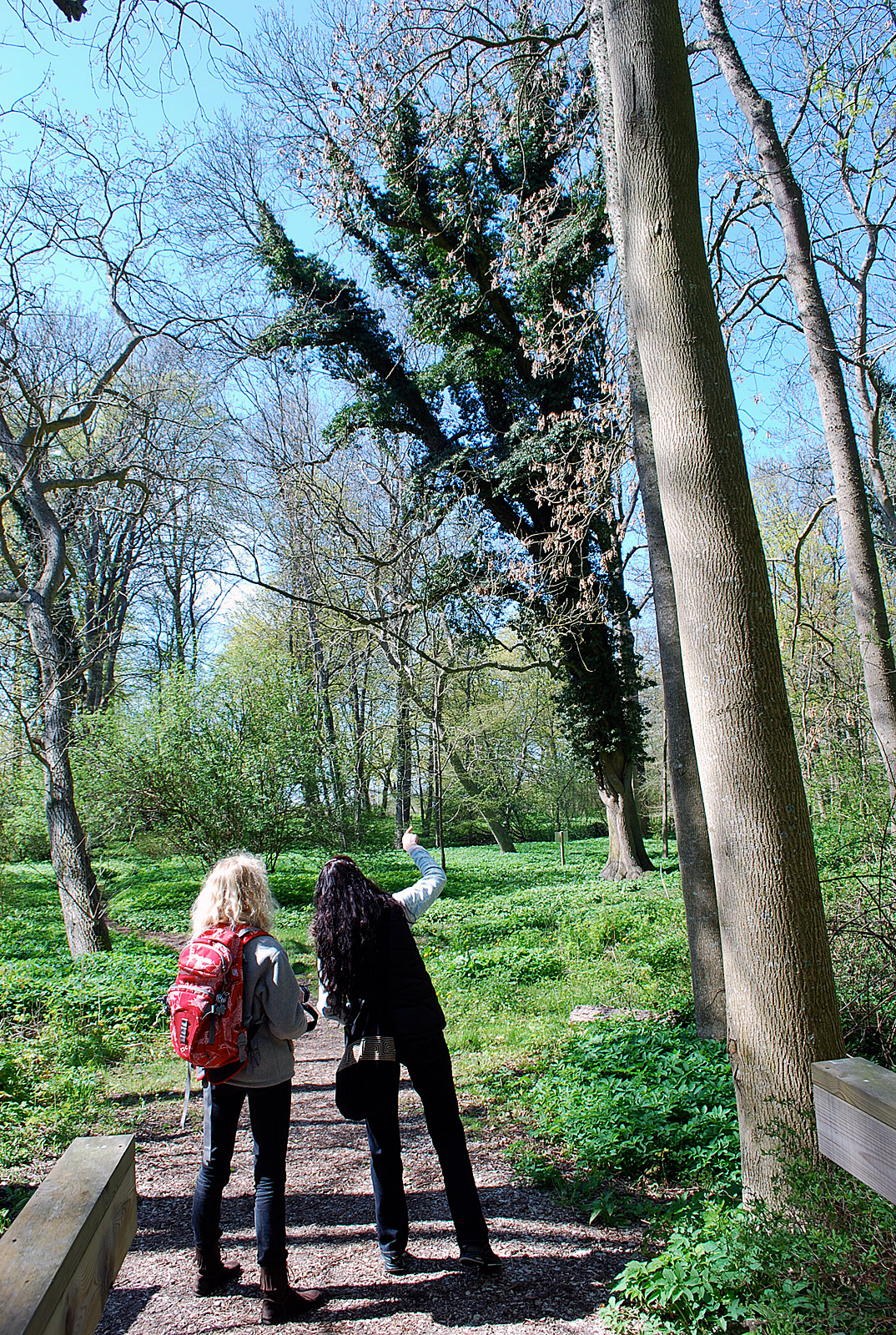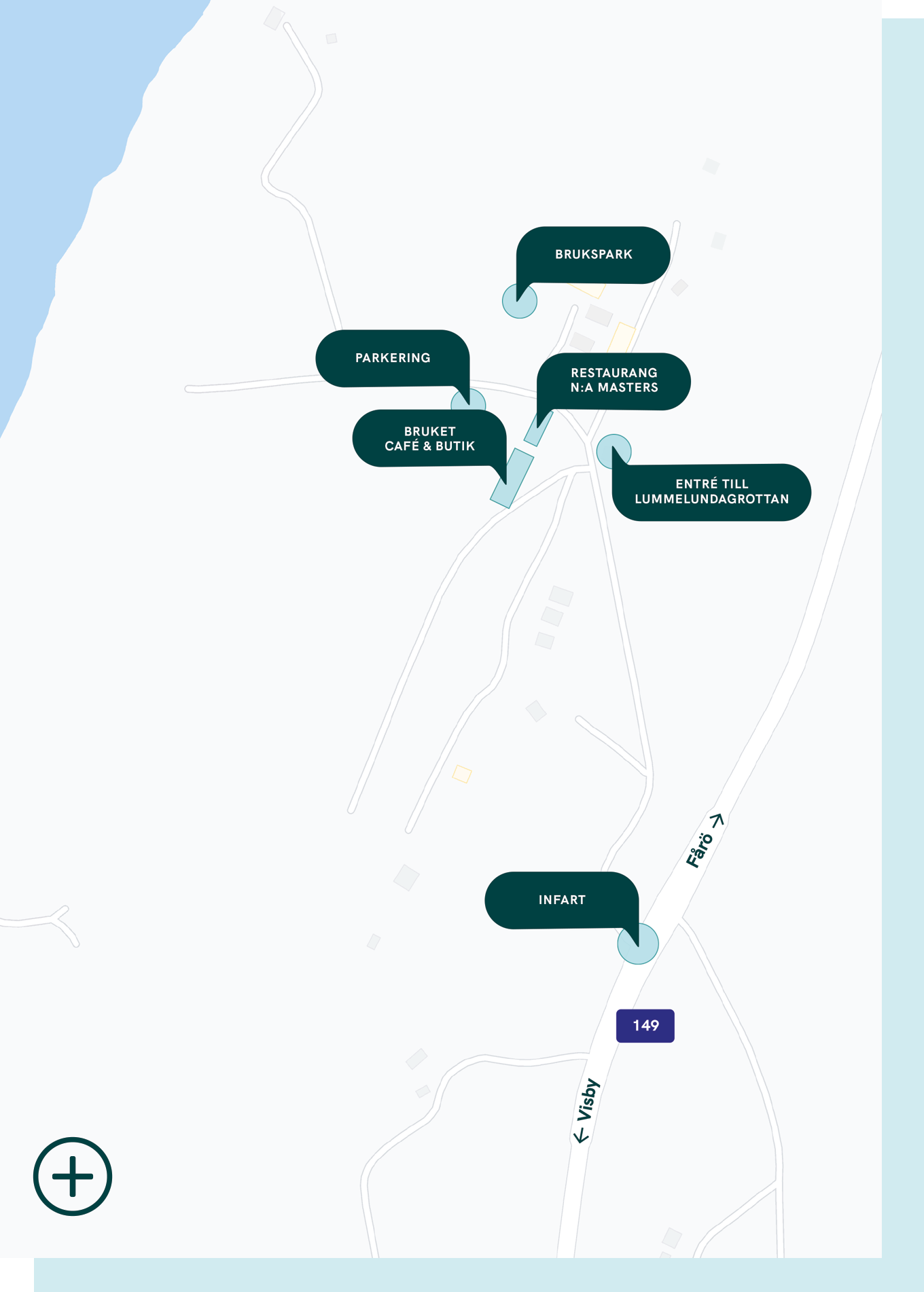The first recorded depiction of the cave was made in 1741 by Carl Von Linné.
It was during a visit on Gotland that Linné wrote about how the water flowed from Martebo Bog, through the underground and then reappeared below the cliffside at Lummelunda’s mill.
Several attempts to penetrate further into the cave failed, until three boys from Visby in 1950 reached much further in.
It was Lars Olsson, Percy Nilsson and Örjan Håkansson that after years of exploring the cave mouth, accidentally made a large rock fall from the ceiling. This opened up a new path that led them into the chamber today known as “The hall of the mountain king”.
It was not until 1955 that this discovery was publicly known and exploration was taken further by cave explorers. This includes Leander Tell, known as the father of Swedish Speleology and the Swedish Speleologists’ Association.
(Speleology is the scientific study of caves)
During the 60s and 70s, the majority of the parts known today were discovered and explored. However, the Lummelunda cave is still far from fully mapped out. Every year during the week after midsummer, The Swedish Speleologists’ Association organizes a camp for its members. Around the clock for a whole week the cave system is explored, mapped and inspected.





